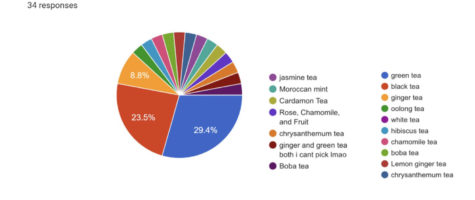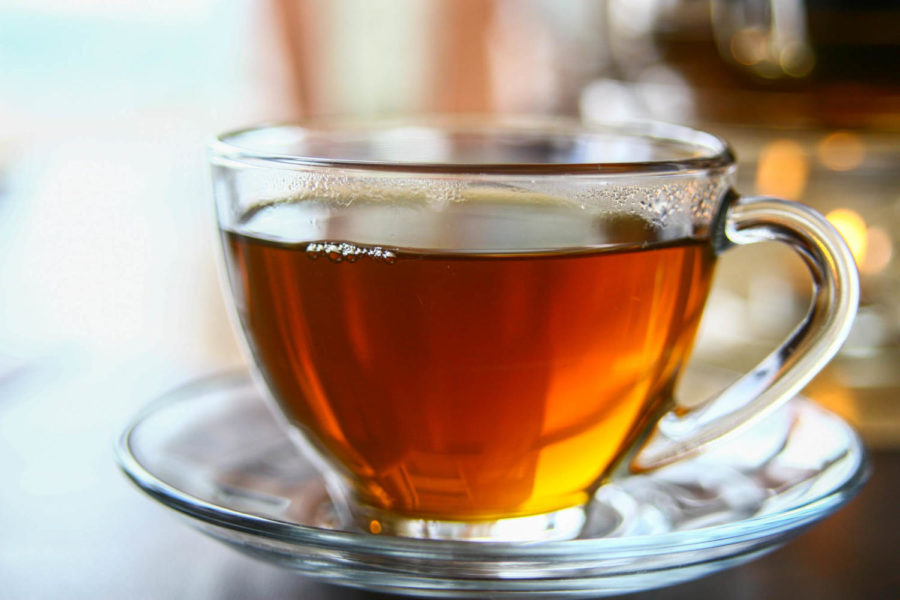5 popular teas and their benefits on the body
Teas are often viewed as calming beverages.
Tea is enjoyed by many people for its addictive caffeine or calming effects (in certain teas). A beverage drunk by many cultures around the world, its legacy documented throughout the past and present. But even with its long history, a form produced by a DHS student showed that not many students at their school know about its effects on the body.
On October 10th, 2021 a student at DHS published a poll on tea, assessing peers at school; surprisingly, the results showed that many of the participants didn’t know much about the effects the teas have on their bodies. The most popular teas selected by the students were black, green, ginger, chrysanthemum, and bubble tea.
Green tea, at 29.4% of the votes, was the most popular out of the twelve options. One anonymous student from DHS commented that green tea had a “light flavor while still decently high caffeine”. Green tea also has a type of catechin called EGCG (Epigallocatechin Gallate). EGCG is an antioxidant that is thought to protect against cell damage (done by free radicals). This may be the reason, as many medical professionals theorize, that people who drink green tea regularly have lower rates of cancer.
Black tea emerged as a favorite among students at DHS, with 23.5% of votes (based on the DHS student opinion: tea poll). An anonymous DHS student explained that “it’s not too bitter for my liking and goes well as a milk tea”. At the same time, the nutrients in black teas can “reduce the risk of several cancers, protect the heart against atherosclerosis, and help maintain healthy blood pressure,”(What are the health benefits of black tea?). Black Tea holds 5.25 mg of caffeine per fl oz, around half the amount as coffee (12mg per fl oz); the caffeine inside the tea can help energize the drinker and improve productivity.
Other popular selections include Ginger tea, which has been proven to be anti-inflammatory and increase the feeling of being full (as stated by NCBI). People who have suffered from obesity may benefit from drinking ginger tea, as the feeling of being full could help them adjust to a healthy dietary lifestyle. Ginger tea was also proven to increase digestion and help to disperse energy throughout the body.
On the other hand, Chrysanthemum tea has little evidence to support any claims of health benefits. Chrysanthemum tea was first cultivated in China and was used as a medicinal remedy for things like headaches. From China, it began to spread to places like Japan, France, and the US.
A notable mention is Bubble milk tea or just boba/milk tea. Bubble milk tea usually consists of dark and chewy tapioca pearls (boba), a sweetening syrup, milk, and black tea. Bubble milk tea is absolutely bad for the human body as it contains high amounts of sugar and fat, which can contribute to obesity, diabetes, and other health risks. Drinking this type of tea in moderation is the best option, allowing the body to process and use the sugars and fats it has acquired before your next dosage of sugary goodness.
Too much of a good thing can be bad, so make sure drinking tea becomes a beneficial practice and not a disruptive one. Keep in mind that many other teas exist outside of these five options and that if one is too bitter or too bland there are always other types to try (other honorable mentions are chamomile, chi, and passion tea)!

Your donation will support the student journalists of Dublin High School. Your contribution will allow us to purchase equipment and cover our annual website hosting costs.



































